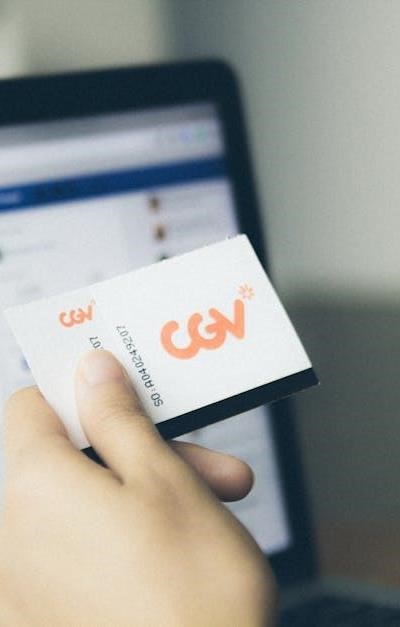
Applying for a new credit card, especially a non-VBV card (one not utilizing Verified by Visa), requires heightened vigilance. While offering potential benefits, these cards can be more vulnerable to online fraud and credit card fraud if you aren’t careful. This advisory details how to navigate the application process safely and protect yourself from financial scams.
Understanding the Risks
Non-VBV cards lack the extra layer of security provided by Verified by Visa. This means verifying your identity during secure transactions relies more heavily on the merchant and your own diligence. This increases the risk of identity theft and unauthorized use. Common tactics employed by fraudsters include phishing, vishing (phone-based phishing), and creating fake secure websites mimicking legitimate issuers and financial institutions.
Protecting Yourself During the Application Process
Here’s a breakdown of how to stay safe:
- Verify Authenticity: Always initiate the application directly through the financial institution’s official website. Never click links in emails or text messages. Independently type the URL.
- Secure Websites: Ensure the website address begins with “https://” and displays a padlock icon, indicating data encryption.
- Suspicious Offers: Be wary of suspicious offers promising guaranteed approval or unusually high credit limits. These are often red flags.
- Unsolicited Applications: Ignore unsolicited applications received via email or mail. Legitimate issuers rarely proactively offer cards this way.
- Protect Your CVV: Never share your Card Verification Value (CVV) during the application process. A legitimate issuer will never ask for this.
- Read the Fine Print: Carefully review the terms and conditions before submitting your application.
Recognizing and Avoiding Common Scams
- Phishing Emails/Texts: These attempt to trick you into revealing personal information by posing as a legitimate entity. Look for poor grammar, spelling errors, and generic greetings.
- Vishing Calls: Scammers may call pretending to be from your bank, asking for your card details. Never provide this information over the phone.
- Fake Websites: These are designed to look identical to legitimate websites, capturing your information when you enter it.
Post-Application Account Protection
Once approved, prioritize account protection:
- Monitor Your Credit Report: Regularly check your credit report for any unauthorized activity.
- Consider Monitoring Services: Explore monitoring services offered by credit bureaus or financial institutions.
- Two-Factor Authentication: Enable two-factor authentication wherever possible for your online accounts.
- Review Statements: Scrutinize your credit card statements for any unfamiliar charges.
What to Do If You Suspect Fraud
If you believe you’ve been a victim of credit card fraud or identity theft:
- Contact Your Issuer: Immediately report the incident to your credit card issuer.
- File a Police Report: Document the fraud with a police report.
- Initiate Chargebacks: Dispute any unauthorized charges through the chargebacks process.
- Dispute Resolution: Understand your rights regarding dispute resolution with the issuer.
- Report to Consumer Protection: File a complaint with consumer protection agencies.
Prioritizing Digital Safety
Online security is an ongoing process. Stay informed about the latest scam alerts and practice fraud prevention techniques. Remember, vigilance and proactive measures are your best defense against online fraud and protecting your payment security. Prioritize digital safety in all your online interactions.




This is a really important advisory! The points about initiating applications *directly* through the financial institution